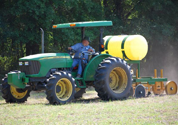MOLE CRICKET CONTROL PHOTOS

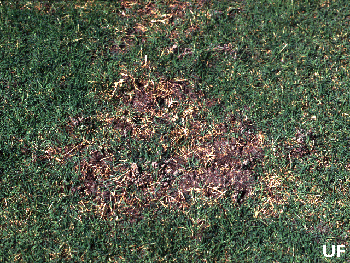
Mole cricket damage is primarily mechanical: tunnelling through the soil near |
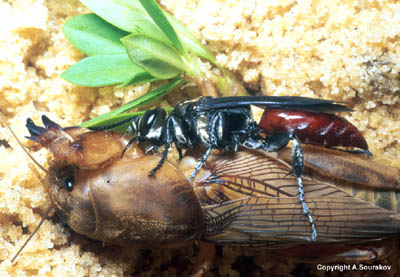

|
An adult Larra bicolor wasp feeding on a mole |
The Florida counties with confirmed
|
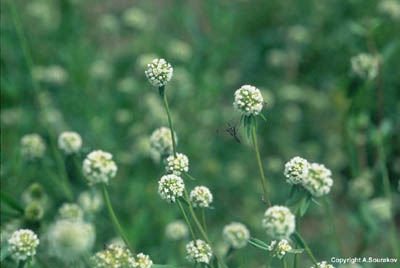
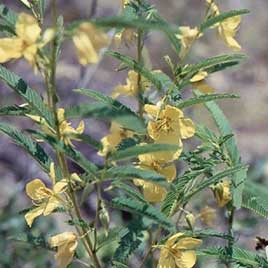
Southern larraflower (left), Spermacoce verticillata (photo by A. Sourakov, UF)
, |
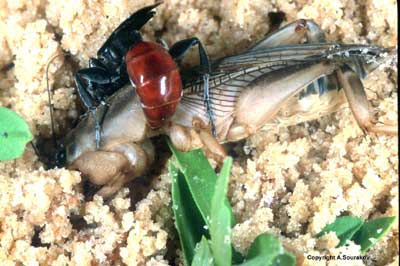
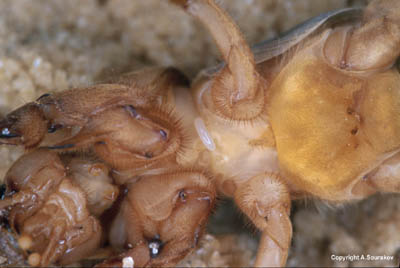
An adult Larra bicolor wasp stinging a mole cricket that it chased |
A wasp's egg deposited on the ventral side of the thorax of a mole
|
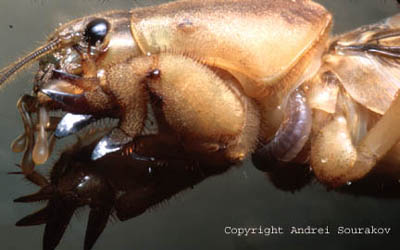
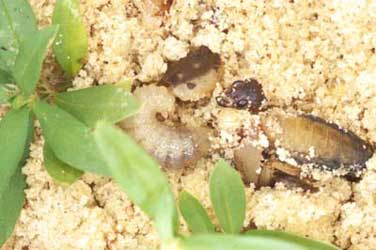
A developing larva of a Larra bicolor wasp feeding on a mole |
A fully grown larva of the Larra bicolor wasp
near |
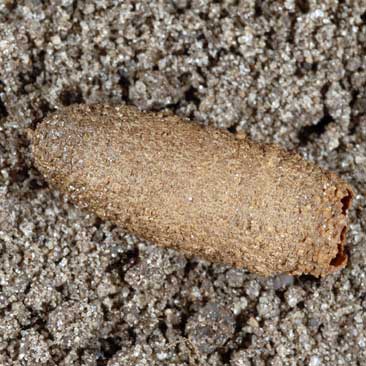
The cocoon of the Larra wasp. |
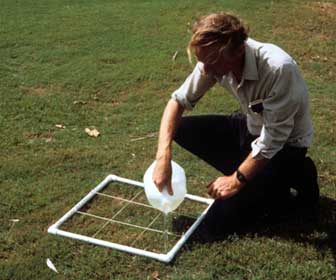
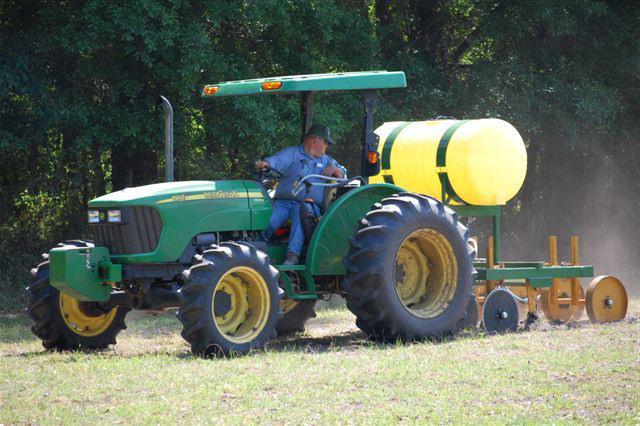
|
A 2 × 2 ft square quadrat made out of half-inch pvc pipe. |
An IFAS technician using one of the nematode application machines. |

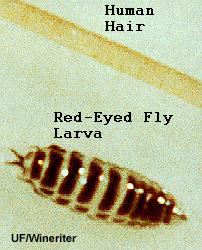
|
Ormia depleta, adult female |
Red-eyed fly larva |
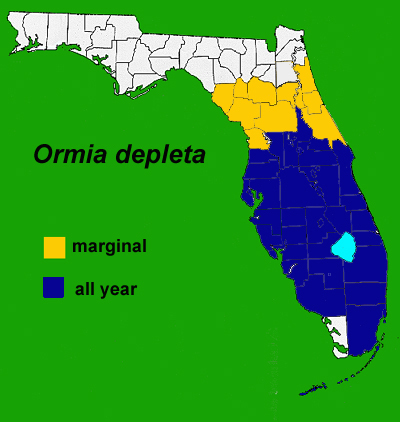
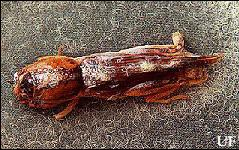
|
Populations of the fly currently in Florida. |
Mole cricket nematodes, Steinernema scapterisci |


